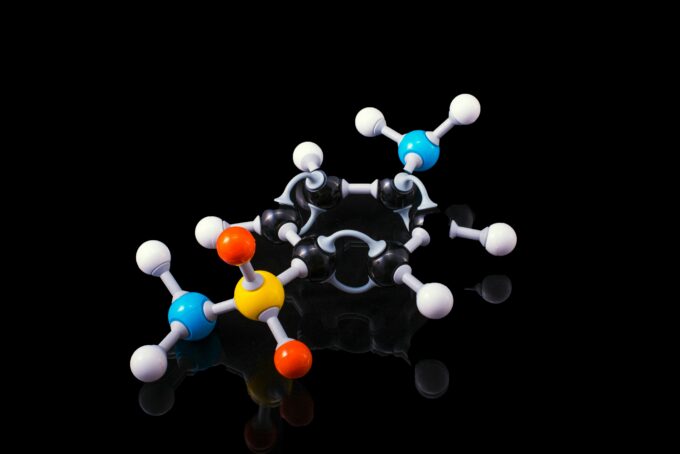In today’s digital landscape, having a website is crucial for businesses and individuals alike. However, simply having a website isn’t enough. It’s essential to ensure its uninterrupted availability, security, and smooth performance. This is where monitoring and maintenance play a pivotal role. In this article, we will explore the importance of constant attention to your website’s state and the key elements that contribute to its overall well-being.
Uptime Monitor
Imagine a potential customer trying to access your website, only to be greeted by an error message indicating that the site is down or even worse – a blank screen. This can be a frustrating experience that may drive visitors away. That’s why employing an uptime monitor is essential. An uptime monitor continuously checks your website’s availability, sending alerts if it detects any downtime. By promptly addressing such issues, you can minimize the impact on your users’ experience and ensure that your website remains accessible around the clock.
Real-Time Security and Firewalls
In an age where cyber threats are prevalent, safeguarding your website from malicious attacks is crucial. Real-time security measures, such as firewalls, are indispensable in protecting your website from unauthorized access, malware, and other potential threats. These security systems actively monitor and filter incoming and outgoing network traffic, effectively shielding your website from vulnerabilities and potential breaches.
Under Attack Mode
Despite taking preventive measures, there may be instances when your website becomes a target for attackers. In such situations, having an “under attack” mode can help mitigate the damage. When activated, this mode adds an extra layer of protection by deploying advanced security protocols, such as rate limiting and IP blocking. This helps minimize the impact of an attack and ensures that your website remains accessible to legitimate users.
Recovery Plan and Options
No matter how well-protected your website is, unexpected events can still occur. From server failures to data breaches, having a robust recovery plan in place is vital. Regular backups of your website’s data are crucial, enabling you to restore your website to a previous state if necessary. Additionally, exploring recovery options such as redundant servers or cloud-based hosting can ensure continuity even in the face of significant disruptions.
Proactive Monitoring and Maintenance Team
To effectively manage and safeguard your website, it’s advisable to have a dedicated team in place. This team can handle proactive monitoring, continuously scanning for vulnerabilities, and performing regular maintenance tasks. Their expertise allows them to address issues promptly, ensuring your website remains secure, optimized, and responsive.
Stay vigilant – not reactive

A website is a valuable asset that requires constant attention to maintain its vitality. By implementing an uptime monitor, real-time security measures, under attack mode, a comprehensive recovery plan, and a proactive monitoring and maintenance team, you can safeguard your website’s availability, security, and performance. Regularly assessing and improving your website’s state will not only enhance the user experience but also protect your online reputation and ensure that your digital presence remains strong.
In today’s interconnected world, the importance of constant attention to your website’s state cannot be overstated. By prioritizing the elements discussed in this article, you can build a robust and resilient online presence that instills confidence in your visitors and helps you achieve your online goals.



